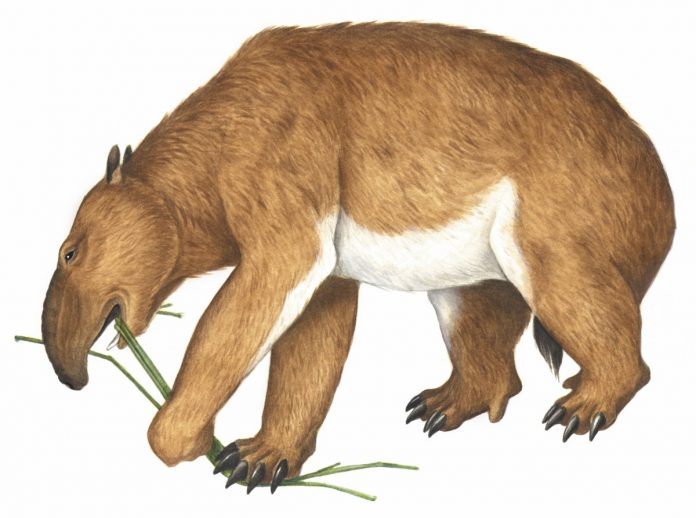A casual weekend of cave exploring in 1969 was the start of something big when young enthusiasts Rod Wells and Grant Gartrell clambered through to the first fossil-rich chamber of the world-renowned Naracoorte Caves.
Flinders Emeritus Professor Wells and Dr Gartrell, then both PhD students in zoology and physics, and many other experts – including Department for Environment and Water and Limestone Coast National Parks and Wildlife guides – have been sharing a string of tours and special lectures all year to mark the passage of 50 years since that momentous day.
It’s also the 25-year celebration of achieving UNESCO World Heritage Listing for the site, says Professor Wells, who will be back at the Naracoorte Caves National Park this weekend (Sunday 24 November) for the celebrations and ‘Mega Fest’.
Professor Wells recalls heading back to Naracoorte on that eventful August weekend in 1969 with great anticipation, hopeful of finding something important as part of ongoing work by the Cave Exploration Group of South Australia.
“It was a life-changing moment when we broke into the Victoria Fossil Cave. I knew exactly what we’d stumbled across,” he says.
“After taking core samples and testing the depth of the fossil-bearing sediment, we calculated the cave contained about 3000 tonnes of sediment and bones.”
Palaeontologists have since combed megafauna remains deposited over 500,000 years, describing species such as giant browsing kangaroos, large echidna, a wombat the size of a hippo, and a marsupial lion, among almost 100 vertebrate species that roamed the area before going extinct from around 50,000 years ago.
Professor Wells and Dr Gartrell were both keen cave explorers, interested in mapping and recording the caves. This led Professor Wells to return to university from a career in engineering to follow a passion in palaeontology and zoology, studying the ecology and physiology of the Hairy-nosed Womat for his PhD at the time of the Victoria Cave find.
One of his career highlights was to help register the Naracoorte Caves on Australian and World Heritage lists, and to see the Naracoorte Caves fossil riches feature as part of David Attenborough’s famous Life on Earth series.
Professor Wells is still researching at 78 and recently contributed to a PLoS One paper, ‘The extraordinary osteology and functional morphology of the limbs in Palorchestidae, a family of strange extinct marsupial giants’ which describes some bones of this strange animal he had discovered at the Naracoorte Caves.















